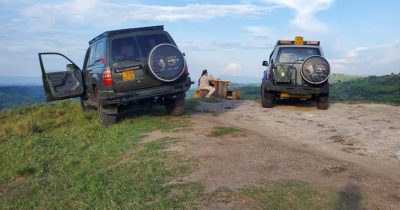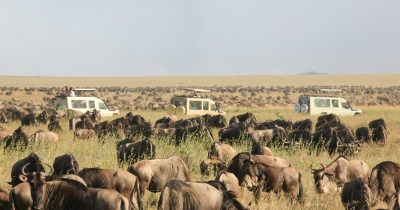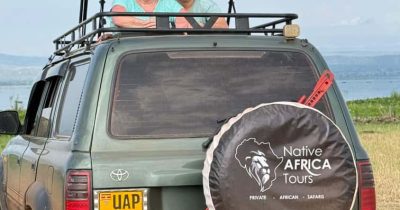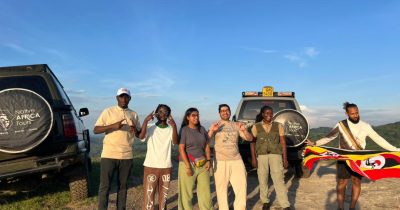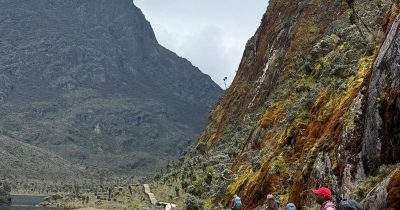Mandatory Vaccinations for Gorilla Trekking in Uganda
What are the mandatory vaccinations for gorilla trekking in Uganda? Vaccination is one of the health requirements for gorilla trekking in Uganda. Understanding the compulsory different vaccinations for gorilla trekking in Uganda is crucial before you embark on a trip to any destination. Receiving the required vaccinations/inoculations before you visit mountain gorillas is essential for your safety.
Vaccination is a mandatory health requirement enforced by park authorities to protect mountain gorillas and other wildlife from infectious diseases. To start with, the required vaccinations to take/receive before you embark on gorilla trekking in Uganda include yellow fever, tetanus, poliomyelitis vaccine, Hepatitis A and Hepatitis B, typhoid, measles, meningitis, and more.

Yellow Fever Vaccination
If you are travelling from a yellow fever-prone country to Uganda to track mountain gorillas, then you require a yellow fever vaccination. A yellow fever certificate will be required as proof that you took a vaccination against yellow fever. A yellow fever outbreak was reported in April 2016, and all guests were required to present evidence of immunisation. Before you take a flight, ensure that you get vaccinated against yellow fever. This vaccine is recommended primarily for children over 9 months old and older adults. It should be received 10 days before the actual travel date.
The yellow fever vaccine offers long-term protection for visitors and is recommended for everyone who intends to travel to or live in areas with yellow fever risk. Before you receive the yellow fever vaccination, first, you should cross-check your travel plan, give yourself adequate time, and book an appointment. You should also consider other vaccines, and you can be guided by your professional doctor back home.
Why immunise against yellow fever?
The key reasons why you should consider yellow fever vaccination among your essential travel requirements include;
- To protect populations from the high risk of contracting the endemic yellow fever disease.
- To safeguard visitors from travelling to high-risk yellow fever areas.
- To prevent any international spread of yellow fever. The focus is to minimise the potential risk of it reaching the areas that have not been affected.
Hepatitis A & B
Hepatitis A and B are liver diseases caused by different viruses. Luckily, they can be prevented. Hepatitis A is an acute, short-term infection that often spreads through contaminated water, food, and faecal-oral contact. Hepatitis B spreads through contact with an infected person’s blood/other body fluids. It becomes a chronic and long-term condition that can result in liver damage/cancer. You can prevent further spread of hepatitis A by avoiding eating contaminated food/water and any close personal/sexual contact. Vaccination is one way to prevent the spread of hepatitis A.
Hepatitis B spreads when you get in contact with infected blood, semen/other body fluids. This can be through unprotected sex, sharing sharp objects like needles, and also mother-child transmission during birth. It can become more chronic, resulting in health issues including liver cancer, cirrhosis, and liver damage.
Other vaccines to receive
Poliomyelitis Vaccine
The polio vaccine prevents polio. It is used to avoid any risks of getting disabled and a fatal scenario. You can have oral poliovirus vaccine, inactivated poliovirus vaccine, or both. These vaccines are effective and can be administered at the recommended doses. When the polio vaccine is administered, it helps boost the immune system. It triggers the production of antibodies that begin to fight the poliovirus. The antibodies offer long-lasting protection, even if you are exposed; the chances are higher that you will still be protected.
Who should receive the polio vaccine? Children intending to go on a family tour to enjoy a gorilla trekking safari in Uganda. Visitors planning to travel to polio-risk areas/destinations. Note, once you have received your vaccination, it will take at least 10 years.
Tetanus Vaccination
The tetanus vaccine is essential in protecting you against tetanus. If you are visiting Uganda for gorilla trekking, you need a tetanus vaccination. The vaccine can protect you when you get contaminated cuts, bites, or breaks in the skin. The tetanus vaccine takes about 10 years to provide protection, and it is often combined with vaccines against pertussis, diphtheria, or poliomyelitis.
Typhoid Vaccine
A bacterium causes typhoid, which happens when you consume contaminated food and water. The typhoid vaccine helps protect you against hepatitis A, and it can take 2-3 years to take effect. The vaccine may not provide 100% protection, but it can be effective when combined with good hygiene. Children can take the typhoid conjugate vaccine. Typhoid conjugate can also be taken by persons aged 65 years. Children aged 2 years and older can receive unconjugated polysaccharide vaccines.
Gorilla Trekking in Uganda
After you have understood the vaccinations you should have before visiting Uganda, the next step is to choose the ideal place to see gorillas. When it comes to gorilla safaris in Uganda, Bwindi Impenetrable National Park and Mgahinga National Park are the two top places to consider exploring.
Bwindi
Bwindi Impenetrable National Park lies in Kanungu and covers 331 sq. km. About 500 mountain gorillas reside in Bwindi, and tourists can start gorilla treks from the four sectors. The four gorilla-tracking sectors in Bwindi National Park are Ruhija, Rushaga, Buhoma, and Nkuringo.
While in Bwindi Impenetrable National Park, expect to visit gorilla groups such as Rushegura, Mubare, Katwe, Habinyanja, Mucunguzi, Kutu, Nshongi, Kahungye, Bikingi, Mishaya, Bweza, Christmas, and Nkuringo. Mukiza, Oruzogo, Mucunguzi group, and Kyaguriro gorilla family are among the numerous gorilla groups to be explored during a guided gorilla trekking adventure in Bwindi Impenetrable National Park, in Kanungu District.
Mgahinga
Gorilla trekking in Mgahinga is perfect for primate adventure seekers seeking intimate experiences. Mgahinga National Park is home to only the Nyakagezi gorilla family, a fully habituated gorilla group that accommodates a maximum of only 8 (eight) trekkers. At Mgahinga, expect to begin your gorilla trekking adventure from the Ntebeko, and, like Bwindi, an experienced guide is allocated to lead you.
Bwindi and Mgahinga gorilla trekking adventures last 2-6 hours, and the entire experience includes an hour-long face-to-face encounter with a group of mountain gorillas. Visitors interested in seeing Mgahinga and Bwindi mountain gorillas require a valid gorilla permit, which is to be obtained through a trusted and reliable tour operator. Native Africa Tours is the best company to book Uganda gorilla permits for your gorilla safari in Bwindi or Mgahinga. Contact our team now and let us start the step-by-step process to secure your gorilla permit and gorilla trekking slot in advance.
A valid Mgahinga/Bwindi gorilla trekking permit can be reserved at USD 800 per person for the foreign non-resident visitor category. Foreign residents pay USD 700; Ugandans/any East African citizen pay UGX 300,000; and all guests in the Rest of Africa category pay USD 500 per person.
Visitor-Mountain Gorilla Interaction in the Jungle
Once you have finally immersed yourself in the lush rainforest, expect to exercise maximum respect for mountain gorillas. A safe distance must be maintained to protect guests and gorillas. Before you are allowed to visit gorillas, the park official shall ensure that all participants are free of any illness. The practice is intended to prevent the transmission of infectious diseases to these rare apes.
Getting the proper vaccinations is essential before you go gorilla trekking in Uganda. Mandatory vaccination, especially the yellow fever vaccine for tourists from infected areas, should be required. The overall goal is to protect the endangered mountain gorillas from infection. It should be noted that humans and gorillas share about 98% genes.


